Unconventional property developer’s model could help solve Australia’s housing crisis
This growing Aussie outfit is like any other property developer, building hundreds of new homes across the country... except they don’t make a cent.
News
Don't miss out on the headlines from News. Followed categories will be added to My News.
Despite building and selling-out 17 designer apartment complexes, with more than a dozen other major projects on the way, developer Nightingale hasn’t made a single red cent.
And Dan McKenna, the organisation’s chief executive, thinks the unconventional model could help address Australia’s crippling housing crisis.
“In a nutshell, we’re a not-for-profit developer that delivers sustainable, affordable and community focused buildings,” Mr McKenna said.
“I’d love it if the residential development sector came and copied some of the things we’re doing and put us out of business.”
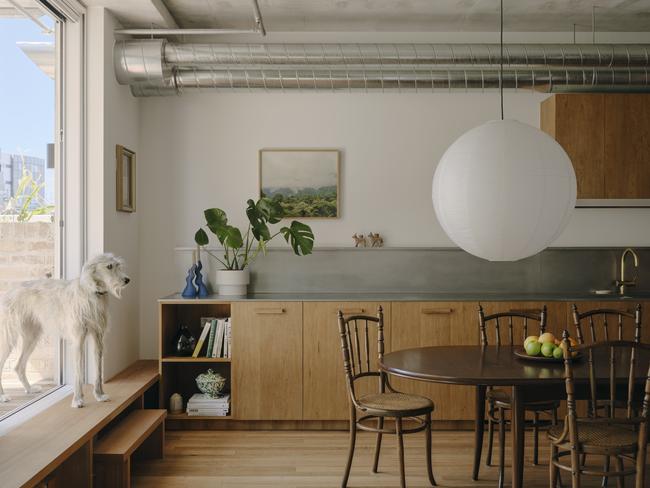
In the past decade, Nightingale has completed more than 500 dwellings, predominantly across Greater Melbourne, which it sold at cost price.
Professor Sebastian Pfautsch, an urban planning and management expert at Western Sydney University, described the model as “a fantastic example of an alternative housing approach”.
“If we could scale up this kind of idea, it could have a huge impact on the issues we face currently,” Professor Pfautsch said.
“It ticks a lot of boxes in terms of affordability and supply, but also sustainability. They’re less resource intense communities, which is a good thing for all of us.”
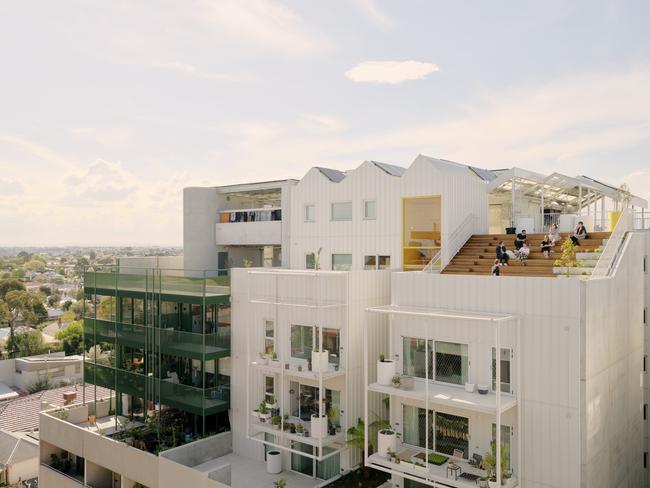
The country is in the midst of a protracted housing crisis.
Home prices at a national level edged upwards by 0.6 per cent in April, marking the 15th consecutive month of growth and adding about 11.1 per cent – or $78,000 – to the median dwelling value since January 2023.
At the same time, a severe shortage of rental properties has seen prices soar by a staggering 75 per cent over the past four years.
A novel approach
Nightingale provides interested buyers with a detailed breakdown of a project’s cost, outlining exactly what goes into reach building.
Unlike other developers, there are no hefty premiums tacked on to deliver a profit, which on average runs at about 20 per cent of costs.
“From the start, we felt the fairest way and the simplest way for us to sell homes was not the traditional sell-to-the-highest-bidder model, but to put all the plans out into the world, all the designs and prices, and then invite people to enter a public ballot,” Mr McKenna said.
“We literally put people’s names in a hard hat and pull them out one by one, then call them to let them know they’ve been successful.”
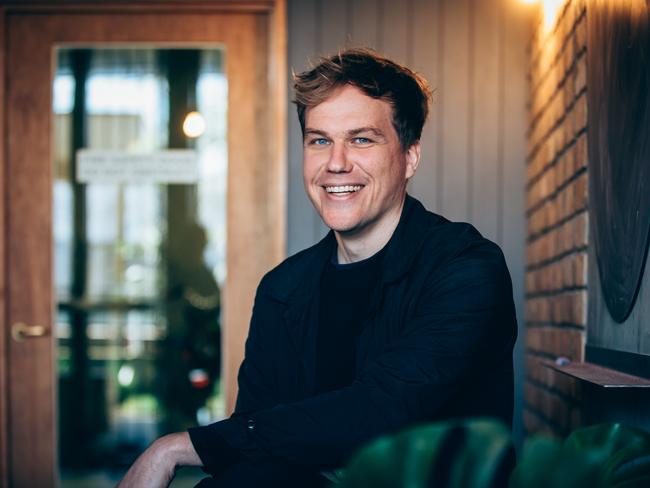
Those who are part of identified vulnerable communities are given twice the chance of being drawn in ballots.
“They’re people living with a disability, key community contributors, like teachers and nurses, earning under a certain threshold, single women over 55, and First Nations people.”
And 20 per cent of apartments in each building go to registered community housing providers, who then lease them to people in need at reduced rates.
“It means we bring together different people from different backgrounds into secure, safe and affordable housing,” Mr McKenna said.
“And the homes don’t look any different – they’re built the same. No one really knows whether you’re on an affordable housing register or you’ve bought it and you’ve got a mortgage.”
Clever and trendy design
A special dwelling type found in Nightingale projects is referred to as a ‘Teilhaus’, which is German for part of house’.
They’re space efficient properties with small footprints and cleverly designed joinery that allows for flexible and multi-use spaces.
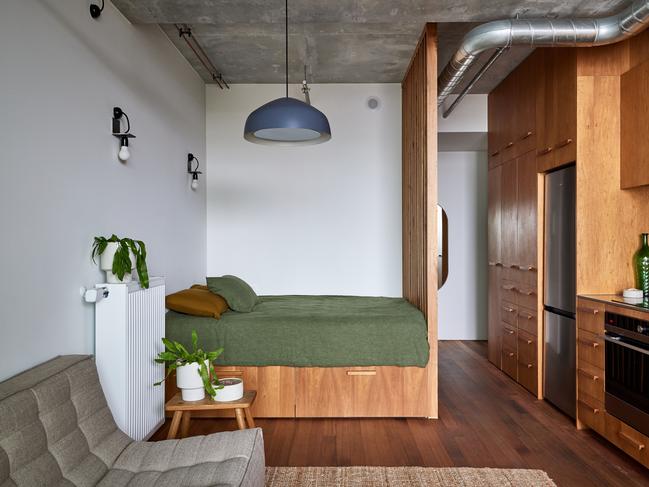
The sale of larger units in projects helps to subsidise the price tag of Teilhaus homes, which means they can be sold at a much lower price – around $300,000.
Mr McKenna said they’re “a bit of a starter home” to help Aussies get out of the renting cycle and establish themselves financially.
There are six Teilhaus units in one of Nightingale’s projects, Yambrook in Brunswick, due for completion later this year, as well as 12 one-bedroom flats and 12 two-bedroom homes.
Regardless of size, the architect-designed floorplans ensure the most efficient use of space.
“We take out individual laundries and instead have a communal laundry, for example, or instead of every bathroom having a tub, we’ve got a shared bath house,” Mr McKenna said.
“We have a long track record of building really, really good quality homes.
“These aren’t the cheaply made investor units that start to fall apart after five minutes. We want to build homes that people can live in for decades, really.”
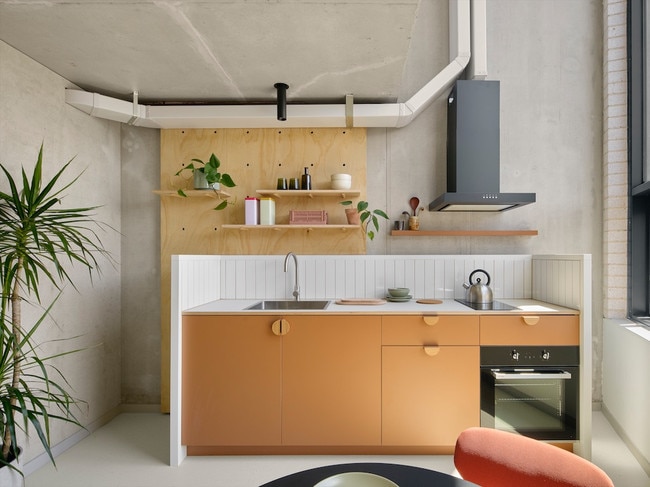
The striking buildings are packed full of other communal features, from vegetable patches to work spaces, group dining areas, and even shared bookable guest rooms for visitors.
“Community cultivation is something we focus a lot on. We invest in shared spaces that aren’t just conveniently, but that subtly enable people to bump into each other. It encourages people to get out of their front door and start to form relationships within the community.”
A rapid evolution
Last year, Nightingale completed its first project outside Victoria, a 13 unit low-rise in Fremantle, south of Perth, and now has four projects across Adelaide in planning phase
And in April, Mr McKenna cut the ribbon on the group’s debut endeavour in Sydney after striking a groundbreaking partnership with a charity.
The 54 unit project in Marrickville in the city’s inner-west was built on disused land owned by a church, which will now manage the units as affordable housing.
It’s the first build-to-rent project Nightingale has undertaken, but opens the door to immense possibilities.
“The results are really fantastic,” Mr McKenna said. “It also shows the wider industry what could be possible when groups team up to try to do things differently.”

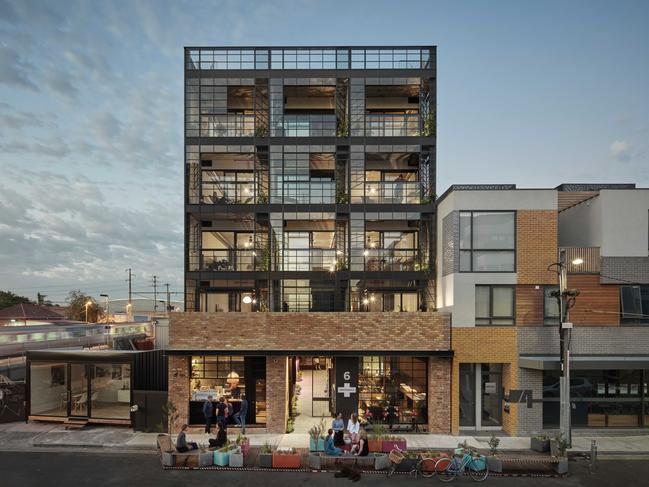
The New South Wales Government agrees.
At the launch of the Marrickville project, Housing Minister Rose Jackson encouraged community and religious organisations to think about how they might use vacant or under-utilised patches of land.
Mr McKenna said interest in ballots over recent years has soared on the back of the housing crisis.
“We want to show the really big players that there’s an incredible appetite for some of the things that we’re doing. If this approach was scaled up, there’s potential to make a big difference.
“We’d love a world in which we didn’t have to exist, because this is what everybody was doing. I think that’s the ultimate goal.”
Originally published as Unconventional property developer’s model could help solve Australia’s housing crisis





